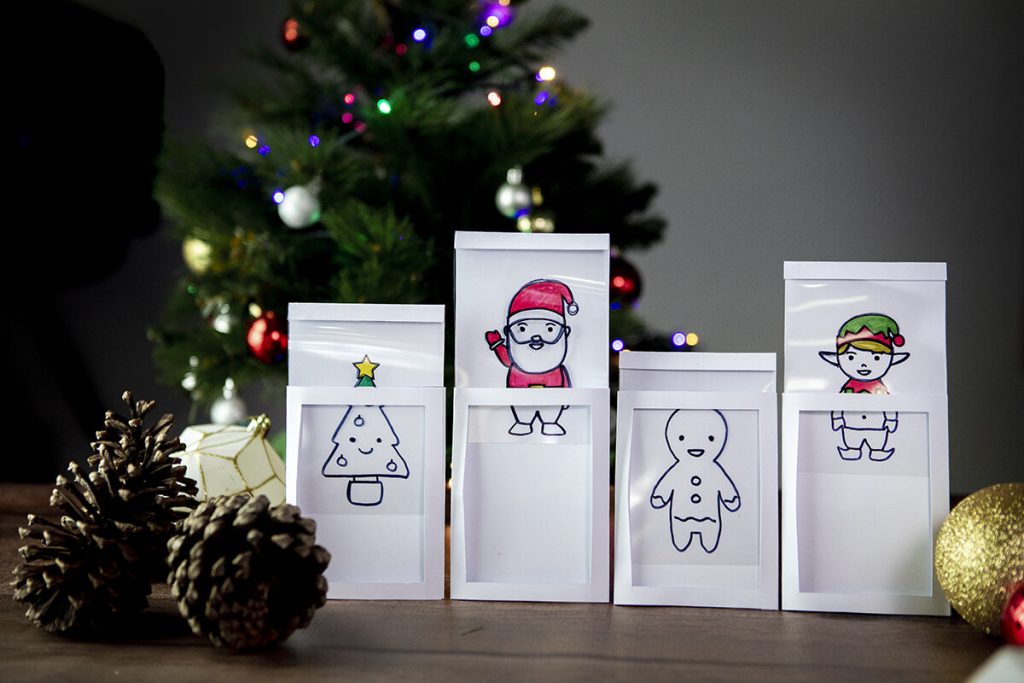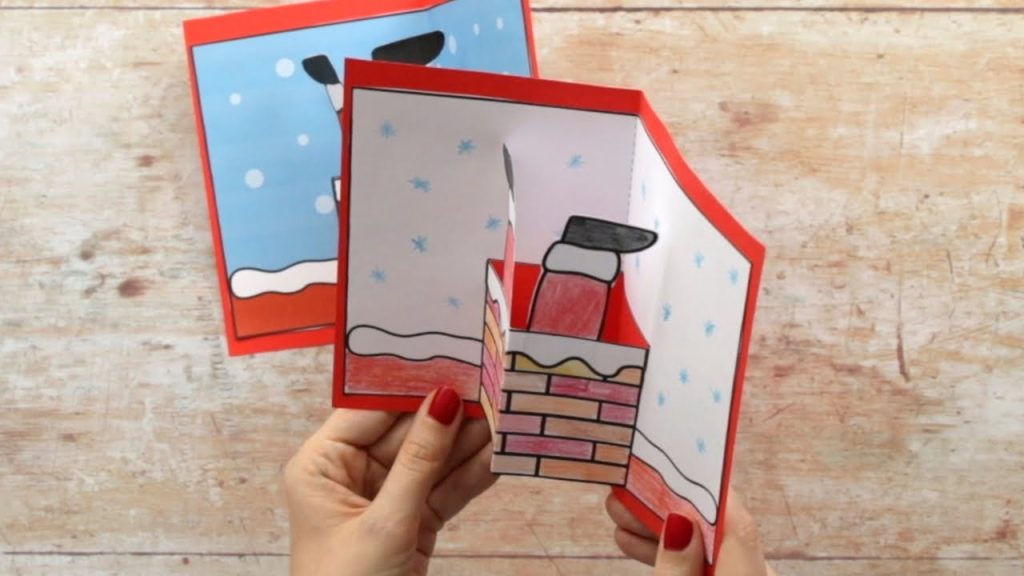The holiday season is a time of joy, giving, and communal spirit. As Christmas nears, the idea of spreading kindness becomes even more poignant. One way to promote and encourage this sentiment is through the “Twelve Days of Christmas Kindness” bulletin board. This interactive and visually engaging board serves as a daily reminder for students, staff, or community members to foster goodwill through small but significant actions.
Each day leading up to Christmas, the bulletin board showcases a different act of kindness. From writing a thank-you note to someone who has made a difference in your life to donating goods to a local shelter, the potential activities combine the festive theme with meaningful engagement. The beauty of the “Twelve Days of Christmas Kindness” initiative is its adaptability; it can be tailored to suit any environment, from schools and colleges to workplaces and neighborhoods.
As individuals participate in the day’s act of kindness, they can place a marker—such as a sticker or a pin—on the board, turning it into a collective visual representation of community spirit. This provides not only personal satisfaction but also encourages peer participation. It’s about creating a ripple effect; one good deed inspires another.
By Christmas Eve, the bulletin board would be filled with markers representing hundreds of acts of kindness—each one with its own story and impact. This serves as a heartwarming conclusion to the lead-up to Christmas Day and reinforces the true spirit of the holidays: generosity and kindness reaching beyond just gifts and commercialism.
For those looking to implement “Twelve Days of Christmas Kindness” in their community or organization, here are some suggested acts:
1. Write a heartfelt letter to a friend or family member.
2. Offer compliments to strangers.
3. Donate food or clothing items.
4. Leave positive notes in random places.
5. Volunteer time at a local charity.
6. Help someone with their chores or tasks.
7. Give away books you no longer need.
8. Pay for someone’s coffee or meal anonymously.
9. Make care packages for homeless shelters.
10. Share homemade treats with neighbors.
11. Spend time with people who might feel lonely during the holidays.
12. Recycle and encourage others to be environmentally conscious.
The “Twelve Days of Christmas Kindness” not only adds an extra layer of warmth to the festive season but also instills values that can last well into the New Year and beyond. It’s an initiative that reminds us all that while we celebrate in our own ways, we are part of something bigger—a community that cares and supports one another.
Whether used in schools to teach children about empathy and community service or in an office setting where coworkers can strengthen their bonds through shared acts of kindness, this bulletin board fosters connectivity on all levels.
The “Twelve Days of Christmas Kindness” bulletin board is more than just decoration; it’s a movement—a meaningful way to countdown to Christmas Day while building an atmosphere steeped in goodwill and compassion, exemplifying what this wonderful season is truly about.











